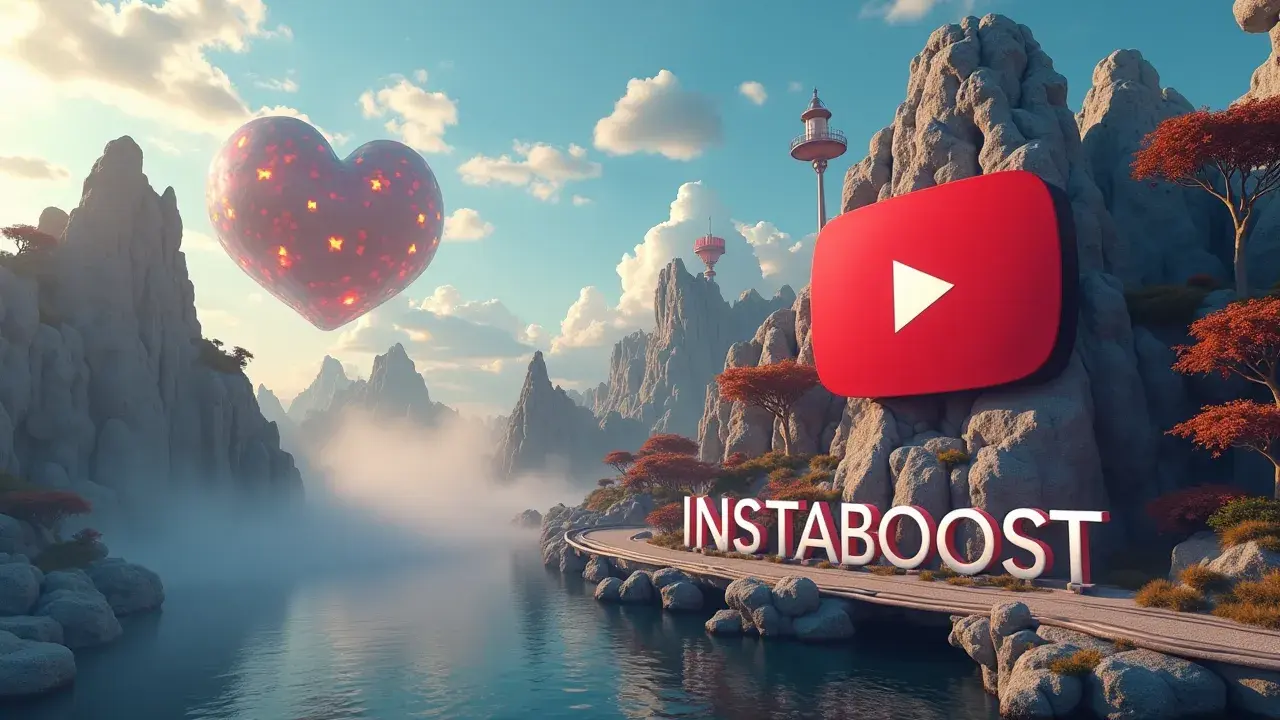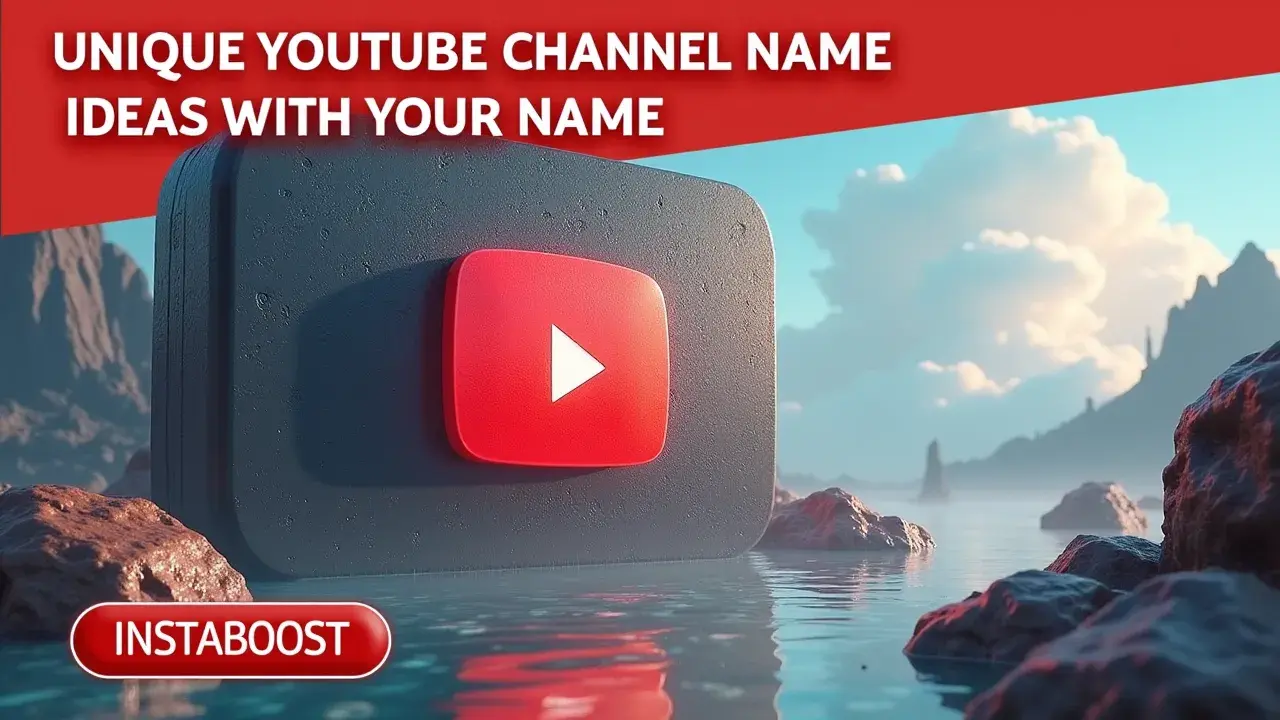How To Create Unique YouTube Channel Name Ideas With Your Name?
Personalized channel names can stand out when they highlight your name with a clear twist. Use simple frameworks that blend your name with your niche, a benefit, or a memorable hook, then test variations for clarity and recall. Examples and prompts help you iterate fast, spotting names that sound natural and search-friendly without feeling forced. The smart path is to shortlist, say them aloud, and pick the one that fits your content’s focus.
Why Your Own Name Can Be a Powerhouse Brand
Using your name in a YouTube channel title isn’t lazy; it’s practical. A name signals you’re a real person, you stand by what you make, and it can move with you if your topics change. The trick is shaping it so people can find it, remember it, and see what you’re about without losing yourself. Think of it like a frame: your full name carries authority, a nickname feels friendlier, and a clean handle has a bit more edge.
Then add a light modifier that says what you do – craft, commute, code, kitchen, archives, studio, lab. Phonetic touches help too: a small rhyme, some alliteration, or a steady rhythm turns a name into something people can say out loud and keep in mind, and when you’re weighing discoverability you can treat SEO like seasoning rather than the whole dish, much like people think about an organic YouTube channel boost as a byproduct of clarity. If your last name is tough, that’s fine; it sets you apart. Stick to simple spelling, skip hyphens, and drop a quick pronunciation note in your About section. For SEO, pair your name with one focused descriptor – tutorials, reviews, vlog, piano lessons – to help with discovery without sounding like a keyword dump.
One strong term is better than a handful. Think ahead as well: pick a modifier that can stretch as you shift – “with [Name],” “[Name] Makes,” or “[Name] Studio” can move from gaming to filmmaking without a fresh start. We’ll map sounds to niche cues, test versions for search on YouTube, and use a plain naming checklist to generate options with your name that pass three tests: clear, catchy, and clean in search. By the end, you’ll have a shortlist that fits how you work, cooperates with the algorithm, and still feels like you.

Credibility Isn’t Claimed – It’s Constructed in Public
Most of what I’ve learned came from trying things and being wrong. When I put my full name in a channel title, I assumed authority would follow. It didn’t. What helped was pairing my name with a clear promise, then backing it up again and again. “Ava Ortiz • Mini-MBA Marketing” told people exactly what they’d get: learn marketing fast. That line built trust a lot quicker than “Ava Ortiz TV.” Using your name in a YouTube title signals you’ll show up and stand behind the work, and I’ve found that small choices – like how you frame the promise or how you enhance your YouTube presence – compound when your name sits next to a pattern.
Credibility comes when your name sits next to a pattern – clear topics, a predictable rhythm, and outcomes people can point to. Treat your name like the anchor. Use the modifier to set the angle: “with [Your Name]” if you want it to feel welcoming, “by [Your Name]” if you’re focused on craft, “Lab | [Your Name]” if you want to show you test and learn. If your name is tough to say, add a short phonetic note in the About section once, and match your handle so it’s easy to find.
Then run the three-second test: if a stranger glances at your banner, can they say the value and remember the handle? If not, tighten it: “[Your Name] – Camera Confidence in 10 Minutes,” “[Your Name] Breaks SaaS Metrics,” or “Clay with [Your Name].” That mix of identity and specificity is what both people and search pick up on. Folks don’t subscribe to vague ideas; they follow people who publish, refine, and explain. Put your name on it, then earn it in public – titles that promise something clear, thumbnails that follow through, playlists that feel like a short course. That’s how “Unique YouTube channel name ideas with your name” stops being a brainstorm and starts turning into something you can point to and say, this is working.
Sharpen Your Name With Strategic Modifiers
You don’t need louder – you need clearer. Most “Unique YouTube Channel Name Ideas With Your Name” fall flat because they’re vague. What works is pairing your name with a specific modifier that says what you do in five words or less. Think of modifiers like lenses: they bring your identity into focus for search, memory, and vibe, much like how you’d sanity-check traction on a YouTube like service that works without mistaking it for a naming strategy. Start with three groups: craft, scope, and signal. Craft is how you deliver (Lab, Notes, Studio, Method, Field Guide).
Scope narrows the niche or format (Tech, Thrift, 5-Minute, Deep Dives, Street, Weekend Builds). Signal sets expectations or edge (Unfiltered, On Deadline, Under $50, No Fluff, Daily). Pick one from each, but keep it tight: “Ava Kim Field Notes,” “Ravi Patel Deep Dives,” “Jordan Lee Build Lab,” “Sora Ito Weekend Thrift.” If your name is long or hard to say, lean on sound and rhythm: first name + a clean modifier (“Marisol Makes,” “Kaz Method”), or surname + a craft word (“Okoye Studio”).
For SEO, add one real search term you cover – “Keisha Tran Budget Cooking” – without turning it into a pile of keywords. Say it out loud: does it land in one breath? Then check it in text: is it unique on YouTube and Google, and does it answer “what do they do?” in two seconds? Last, plan for growth. Swap the scope word and see if it still fits when you shift: “Diego Cruz Photo Lab” can become “Diego Cruz Video Lab” without losing the thread. Precision beats volume; a crisp modifier makes your name easier to find and stick with over time.
Stop Waiting for the Perfect Name
It might not look like progress, but it can be. If you’re still chasing the one perfect, unique YouTube channel name with your own name locked in, you’re putting off the only test that matters: using it in public. Clean names tend to show up after a few messy reps, when people tell you what they think you do. That doesn’t mean be sloppy; it means stop treating the name like a display piece and start treating it like a version number. Ship “Ava Chen • Code Drills,” then move to “Ava Chen Code Drills Daily” when you realize the schedule is the hook. If your last name is hard to say, don’t round it off – frame it.
Sharp edges stick. Use phonetics (Rzayeva → “RZ-AYE-va”) or a rhythm tag (“By Rzayeva”). Pair your name with a concrete promise you can keep for 30 days; if that promise holds, keep it. If it doesn’t, swap the modifier, not the identity. People search by problems, not founders, so give search a handle: “garden hacks,” “after effects,” “no-budget cooking.” That’s not pandering; it’s clarity.
And don’t confuse a bump in likes or comments with brand validation. That’s feedback on a post, not your naming system. Your name should survive off-platform: say it out loud, type it with one thumb, print it small. You can A/B test titles in thumbnails or run a quick poll and let the numbers nudge – not run – the decision, the way some creators quietly buy views for better analytics and then look past the spike to what sticks. The uncomfortable part isn’t choosing a forever-name; it’s making a clear promise, iterating the modifier, and letting your audience’s words fill in the rest.
Ship the Name, Learn in Public
Let this sit for a minute: you don’t need certainty; you need signal. Pick a YouTube channel name that includes your name, lock it for 30 days, and treat it like a trial run. Publish. Watch the search terms that bring people in. Notice what friends repeat back to you. Keep a tiny change log: one modifier you try each week, one thumbnail tweak, one tagline variation.
If your name feels awkward to brand, that’s useful – edges make it easier to grab onto. “Ravi Cuts Code,” “Nia Field Notes,” “Torres Tiny Builds” each says genre, pace, and promise in four words. The goal isn’t cleverness; it’s pattern spotting. Use YouTube Studio’s search report and the comments like a live focus group, the way some folks trade tips about what not to do, like chasing trends or trying to buy reposts for better exposure, and then compare that to what your own data actually rewards. If people arrive through “meal prep on $20,” try “Kai Budget Prep.” If they say “love your teardown energy,” try “Mina Teardown Lab.” Treat this like search-aware craftsmanship, not keyword stuffing.
A channel name feels obvious only after it’s been tested in the wild, where steady uploads train the algorithm and your audience at the same time. Keep the core – your name – steady. Rotate the lens until something clicks. Write down what actually moves the needle. After a month, you’ll see it in the small things: more people recalling your name in intros, thumbnails that scan quicker, cleaner search suggestions. And when it’s time to decide, you won’t be guessing; you’ll pick the name that already behaves like a brand, the one that’s been working while you’ve been paying attention to it, not talking it up and not outsourcing the proof.
Your Next 30 Days: Lock It, Log It, Learn
You want a YouTube channel name with your name in it. Pick one and commit to it for 30 days. Treat it like a trial, not a forever choice. You can’t improve what you haven’t tried. Set up a simple loop. Week 1, pair your name with a clear genre cue: Ava Kim Studio, Malik Writes, Priya Builds.
Week 2, try a small phonetic tweak or rhythm: Jade Juno, Renzo Renders. Week 3, add a light modifier that signals your vibe or format: Nate Alvarez Daily, Elara Tech Notes. Week 4, add a search-friendly tag in your description and banner: “YouTube channel name ideas,” “tutorial,” “cooking,” “productivity,” and if you want a quick outside reference point, glance at guides like this one that mention how to grow your channel with full support without overthinking it. Keep a tiny changelog: what you changed, why you changed it, and what you noticed – click-through rates, comments, search impressions for your handle, what people call you in DMs.
If people keep shortening your name or attaching a niche (“Is this Alex Edits?”), fold that in. The goal isn’t a perfect name; it’s one that makes sense to people when they see it. After 30 days, you’ll have enough to keep, tweak, or swap the modifier while your core identity stays steady. That’s how a name becomes useful – small edges you can test, language you can adjust, and a handle that gets easier to find and remember because it’s responding to what actually happens out there… and grow your channel with full support















